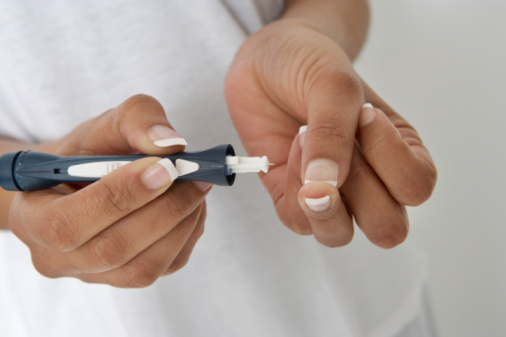According to Decision Resources Group, the prevalent type 2 diabetes (T2D) population in the G7 (United States, France, Germany, Italy, Spain, United Kingdom, and Japan) is increasing. The number of people affected by the disease rose from 71.8 million to 88.6 million adults from 2014 to 2024.
Rising levels of T2D is a major economic concern, given the high rates of morbidity and mortality, and the cost of its associated comorbidities, such as renal disease. An estimated 47 percent of the T2D population has impaired renal function (defined as eGFR < 45 ml/min/1.73 m2), and although the percentage of patients with impaired renal function is expected to stay relatively constant over the next several years, the prevalence will increase in line with the overall T2D population. T2D patients with renal disease, called diabetic nephropathy (DN), are currently prescribed angiotensin converting enzyme (ACE) inhibitors and angiotensin II receptor blockers (ARBs). However, these treatments cannot reverse DN progression. According to primary research, DN is considered the renal disease with the greatest unmet need for new therapeutic options (TreatmentTrends®: Diabetic Nephropathy (US) 2015).









